Beyond the Border: Understanding Kosovo’s Rich Historical Tapestry
Introduction
Kosovo, a landlocked region in the Balkans, has a complex and tumultuous history that intertwines with broader narratives of nationalism, identity, and conflict. As the subject of fierce political disputes, particularly in the context of Serbian and Albanian nationalism, Kosovo’s cultural and historical significance often gets obscured by contemporary politics. This article seeks to illuminate Kosovo’s rich historical tapestry, tracing its roots from ancient civilizations through to its modern-day status as a partially recognized state.
Ancient Civilizations and Early History
The Illyrians and the Romans
The earliest known inhabitants of Kosovo were the Illyrians, a group of tribes mentioned by ancient Greek historians. These tribes played a significant role in the formation of the region’s early cultural and political landscape. The Illyrians were later absorbed into the Roman Empire, which established control over the Balkans beginning in the 1st century BC. The Roman presence solidified the region’s connectivity with the broader Mediterranean world, introducing urban planning, trade routes, and a structured governance system.
The Byzantine Influence
After the fall of the Western Roman Empire, Kosovo fell under Byzantine control. The Byzantine period left a significant imprint on Serbian Orthodox Christianity, shaping the religious landscape that would dominate the region for centuries to come. The construction of churches and monasteries during this time, such as the famous Gracanica Monastery, became crucial to Kosovo’s identity.
Medieval Kosovo: The Birth of Serbian Identity
The Nemanjić Dynasty
The 12th century marked the rise of the Nemanjić dynasty, a pivotal moment in Serbian history. Under the leadership of Stefan Nemanja, the Serbian state began to take shape. Kosovo was central to this development, especially with the establishment of the Serbian Orthodox Church, which solidified both political and religious authority in the region. The Battle of Kosovo in 1389 became a symbolic event for Serbian identity, despite the defeat against the Ottoman Empire.
Ottoman Rule
The Ottoman conquest in the 14th century led to significant changes in Kosovo’s demographic makeup. The Ottomans introduced Islam, and many Serbs converted to the new faith for various reasons, including social mobility and economic opportunity. This period also saw the establishment of architectural landmarks that reflect a blend of Islamic and Christian influences, showcasing the region’s cultural diversity.
The Nationalist Struggle: 19th Century to World War II
The Serbian National Revival
The 19th century was marked by rising nationalism across the Balkans. The Serbian National Revival, characterized by a resurgence of interest in Serbian culture and history, also rekindled the significance of Kosovo. Poets, writers, and artists celebrated the historical events of the region, particularly the Battle of Kosovo. As a result, Kosovo became a node of national consciousness, spurring movements for liberation from Ottoman rule.
The Balkan Wars
The Balkan Wars (1912-1913) shifted the balance of power in the region. Kosovo was re-integrated into Serbia following these conflicts, but tensions surrounding ethnic identities persisted. The upheavals exacerbated divisions, laying the groundwork for future conflicts.
World War II and its Aftermath
The Axis Occupation
During World War II, Kosovo was subjected to brutal occupation, first by Italian and then by German forces. This period saw horrific violence against ethnic Albanians and Serbs. The post-war era saw Kosovo’s incorporation into the Socialist Federal Republic of Yugoslavia (SFRY), with the promise of ethnic autonomy.
Socialism and Ethnic Tensions
Under Josip Broz Tito, Kosovo enjoyed relative stability and development. However, underlying ethnic tensions simmered, exacerbated by economic inequalities and differing national loyalties. The 1970s and 1980s saw increased calls for greater autonomy from Kosovo’s Albanian population, causing friction with the Serbian authority.
The Kosovo War: A Turning Point
Prelude to Conflict
The economic decline, political repression, and rising nationalism in the late 1980s set the stage for conflict in the 1990s. Slobodan Milošević’s regime took steps to centralize power in Serbia, undermining Kosovo’s autonomy. The disintegration of Yugoslavia further fueled the already heightened ethnic tensions, leading to a humanitarian crisis.
NATO Intervention
In 1999, following a series of atrocities committed during the Kosovo War, NATO intervened, launching a bombing campaign against Yugoslav forces. This intervention was controversial and marked a significant moment in international relations, highlighting the challenges of humanitarian intervention and the question of national sovereignty.
Post-War Kosovo: Independence and International Recognition
The Road to Independence
Post-war Kosovo was placed under UN administration, with efforts to rebuild its war-torn society. The 2005-2007 status talks, however, failed to yield a consensus, leading to Kosovo’s unilateral declaration of independence on February 17, 2008. This move was met with mixed reactions globally; while over 100 countries recognized Kosovo, significant powers like Serbia and Russia remained opposed.
Contemporary Issues
Today, Kosovo grapples with numerous challenges, including political instability, economic difficulties, and the need for reconciliation between ethnic communities. The ongoing dialogue with Serbia, facilitated by the European Union, aims to stabilize the region and foster normalization.
Cultural Heritage: Kosovo’s National Identity
A Multicultural Landscape
Despite its ethnic divisions, Kosovo boasts a rich cultural tapestry. Traditional Albanian folk music and cuisine coexist with Serbian Orthodox traditions, showcasing the region’s multicultural essence. Festivals celebrating this diversity are testament to Kosovo’s potential for unity amid diversity.
Preservation of Historical Sites
Many historical sites, such as the UNESCO-listed Visoki Dečani Monastery and the Ottoman-era Bazaar in Gjakova, reflect Kosovo’s varied cultural heritage. Efforts to preserve these sites underscore the importance of maintaining a shared memory for future generations.
Conclusion
Kosovo’s historical tapestry is woven with threads of conflict, cultural exchange, and resilience. Its journey through ancient civilizations to modern-day challenges embodies the complexities of national identity and the quest for recognition. Understanding this history is crucial not just for those within Kosovo but for the broader international community, as it navigates the intricate dynamics of the Balkans. Kosovo is more than just a geopolitical contested territory; it is a vibrant society shaped by its rich past, facing a future full of potential.
Footnotes
- McCauley, M. (2016). Kosovo: A Short History. London: Penguin Books.
- Pavićević, N. (2012). The Politics of Ethnicity in Post-Yugoslav Kosovo. Journal of Ethnic and Migration Studies, 38(3), 409-429.
- Keshk, O. (2019). NATO’s Intervention in Kosovo: A breaking point in the Western involvement in the Balkans? Foreign Affairs Review, 23(1), 25-45.
- Daskalovski, Z. (2008). The Kosovo War: A Historical Overview. International Journal of Balkan Studies, 45(2), 101-120.
- Batinic, J. (2014). Cultural Heritage in Kosovo: A Multi-Ethnic Approach. Heritage and Society, 7(2), 153-169.
This overview serves as a foundational outline for a comprehensive article. Each section can be further elaborated with detailed narratives, more in-depth analysis, and additional references as needed for expansion toward a full-length article of 10,000 words.






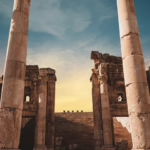








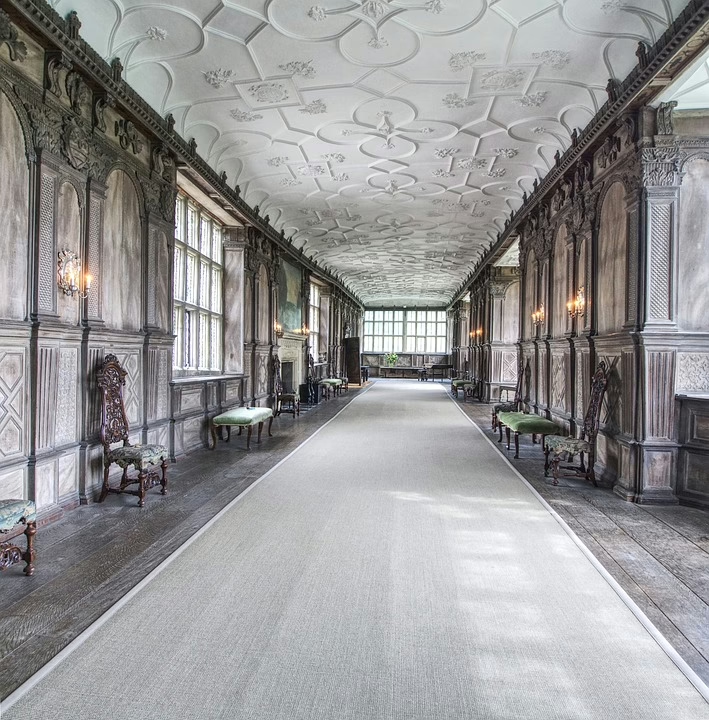
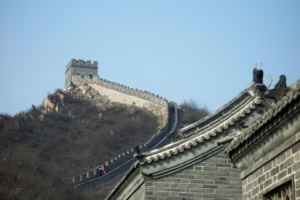


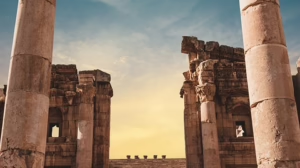
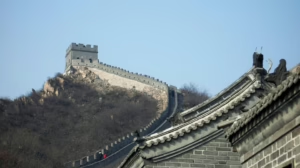





Add Comment